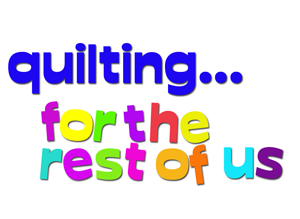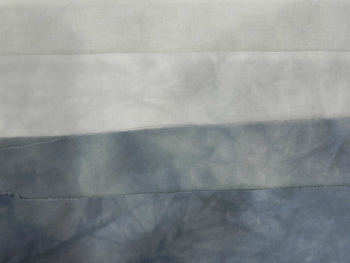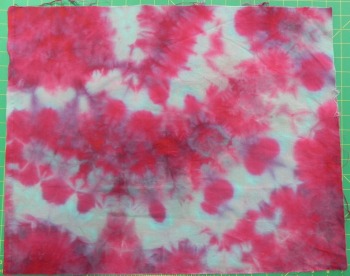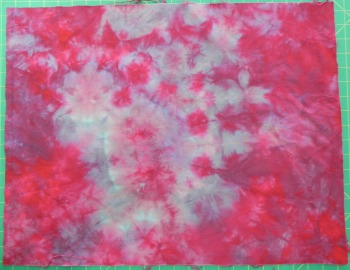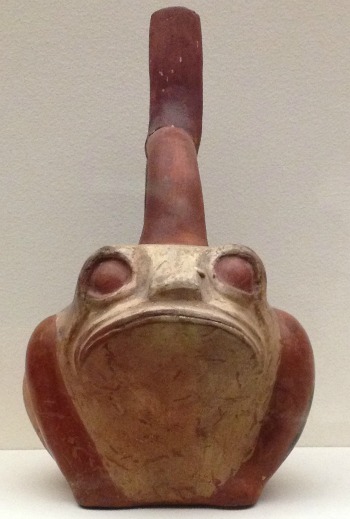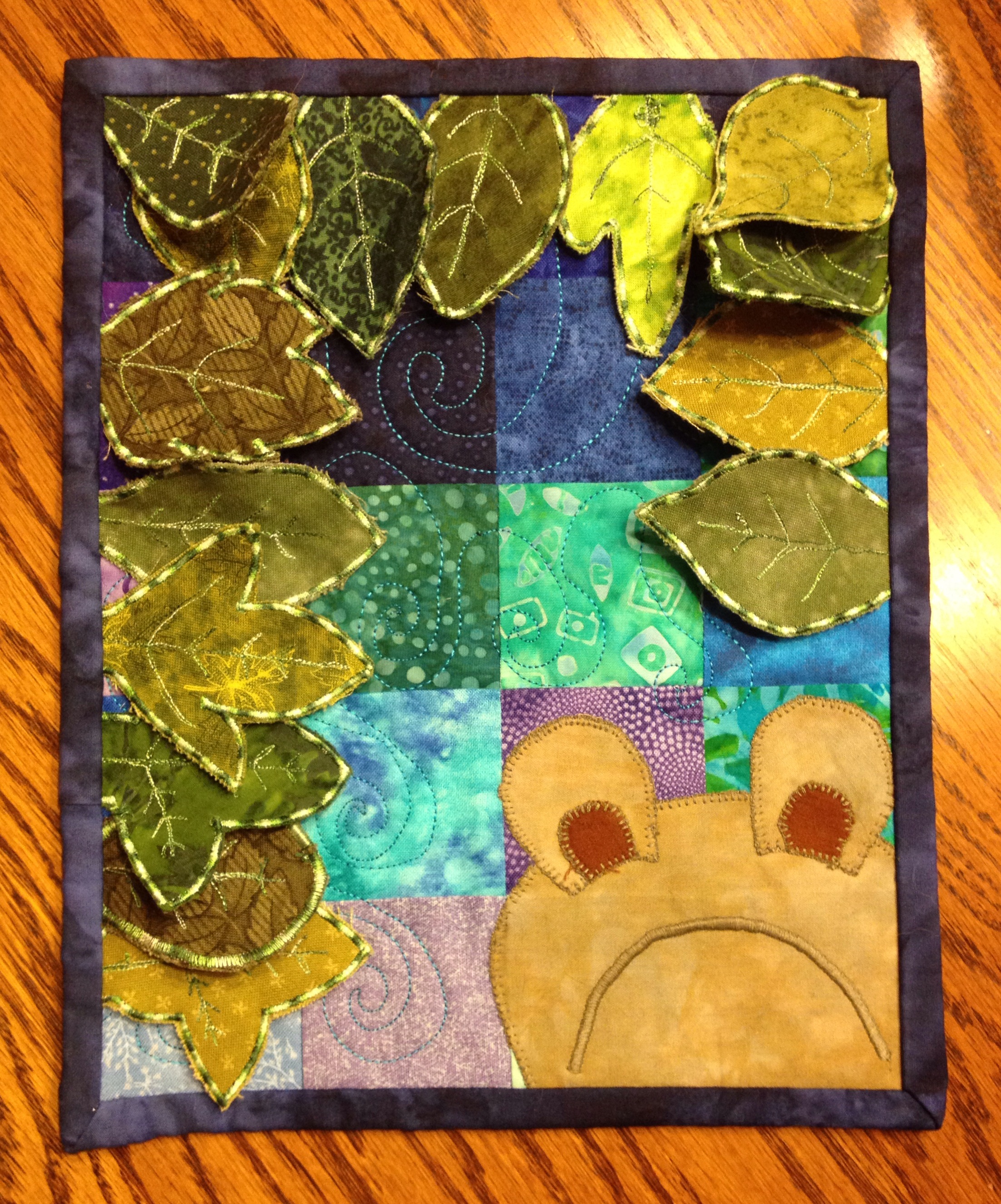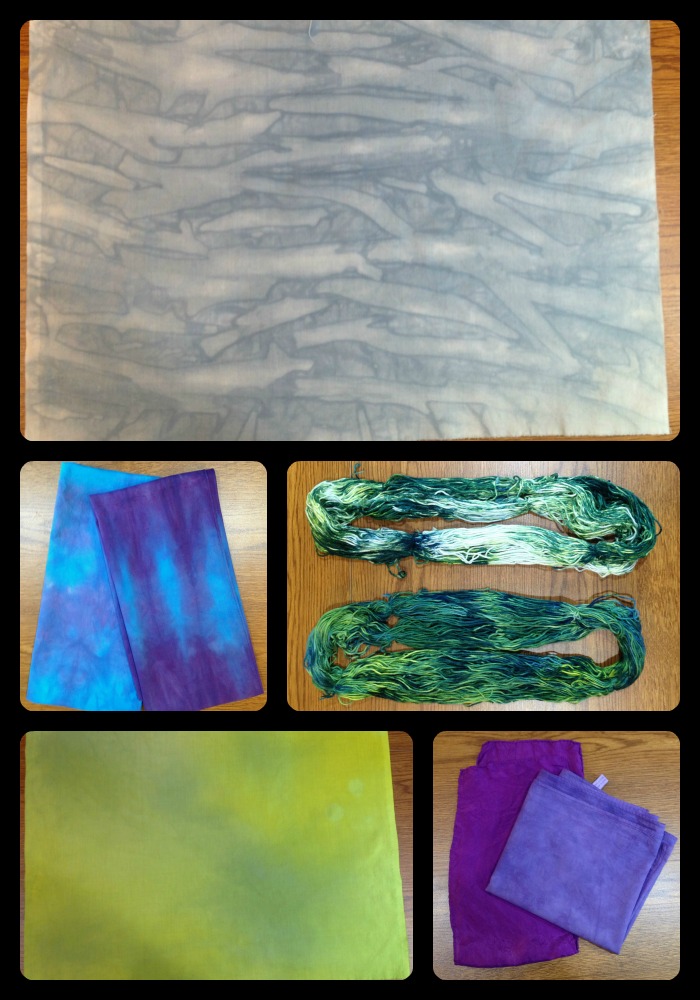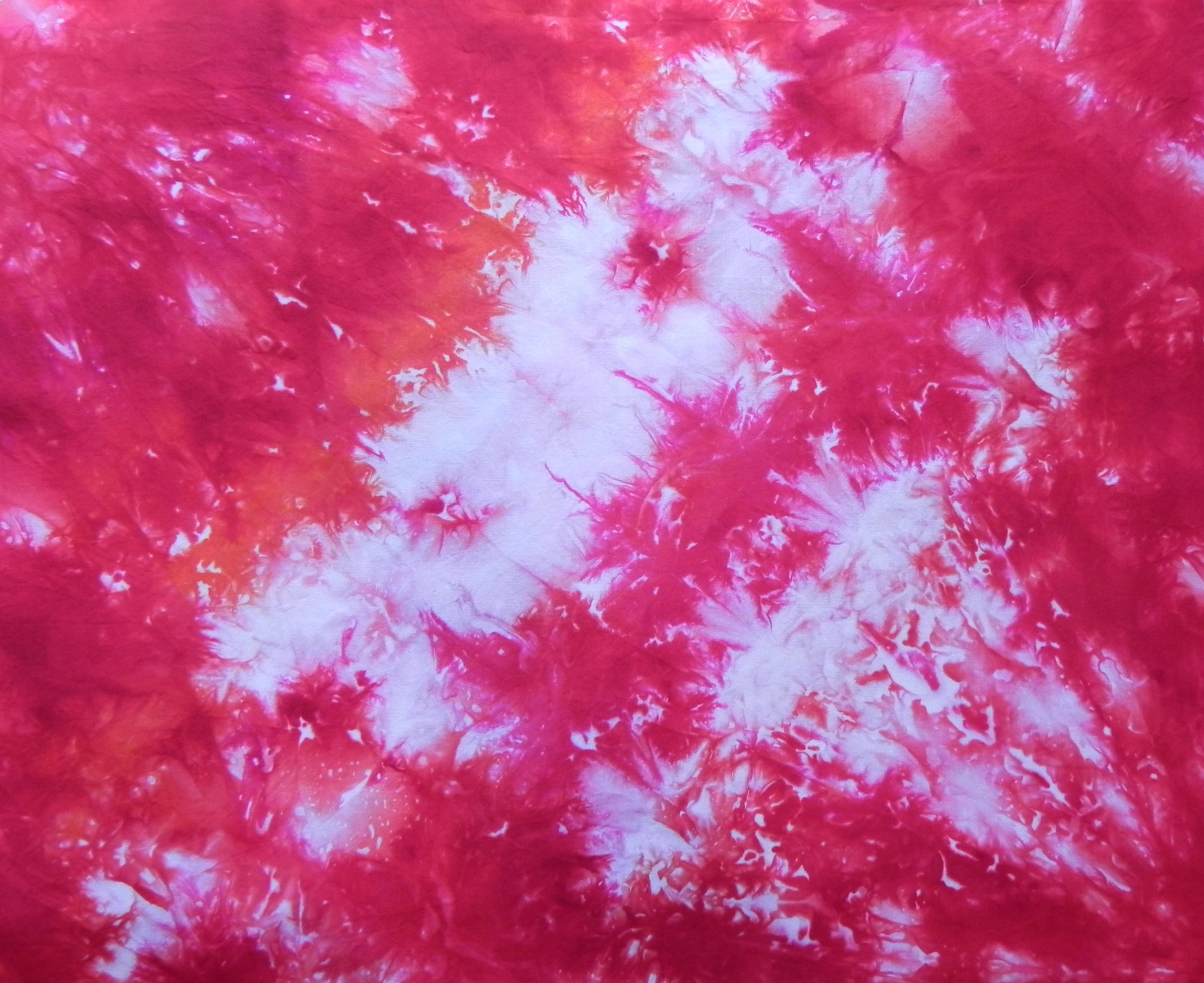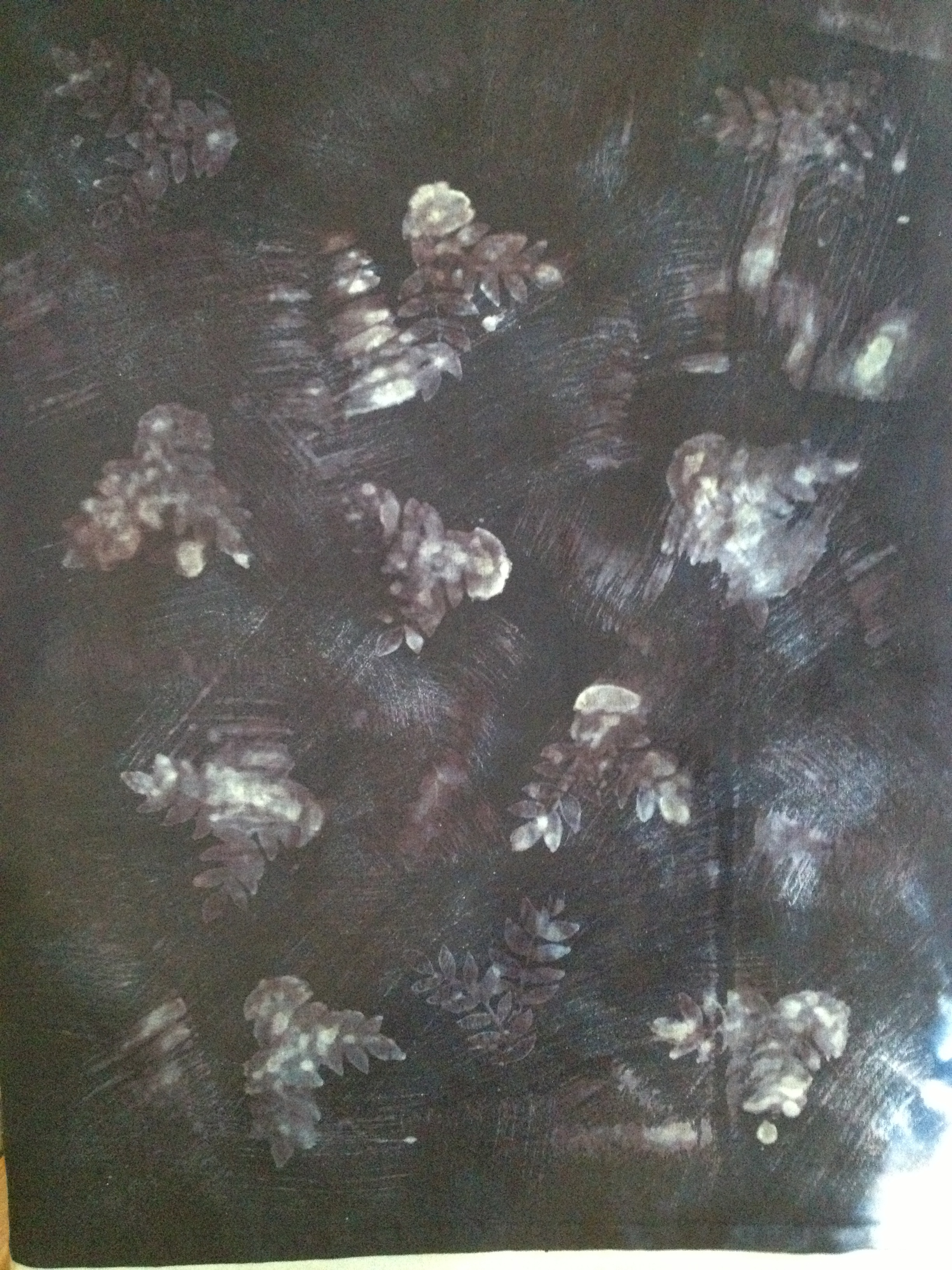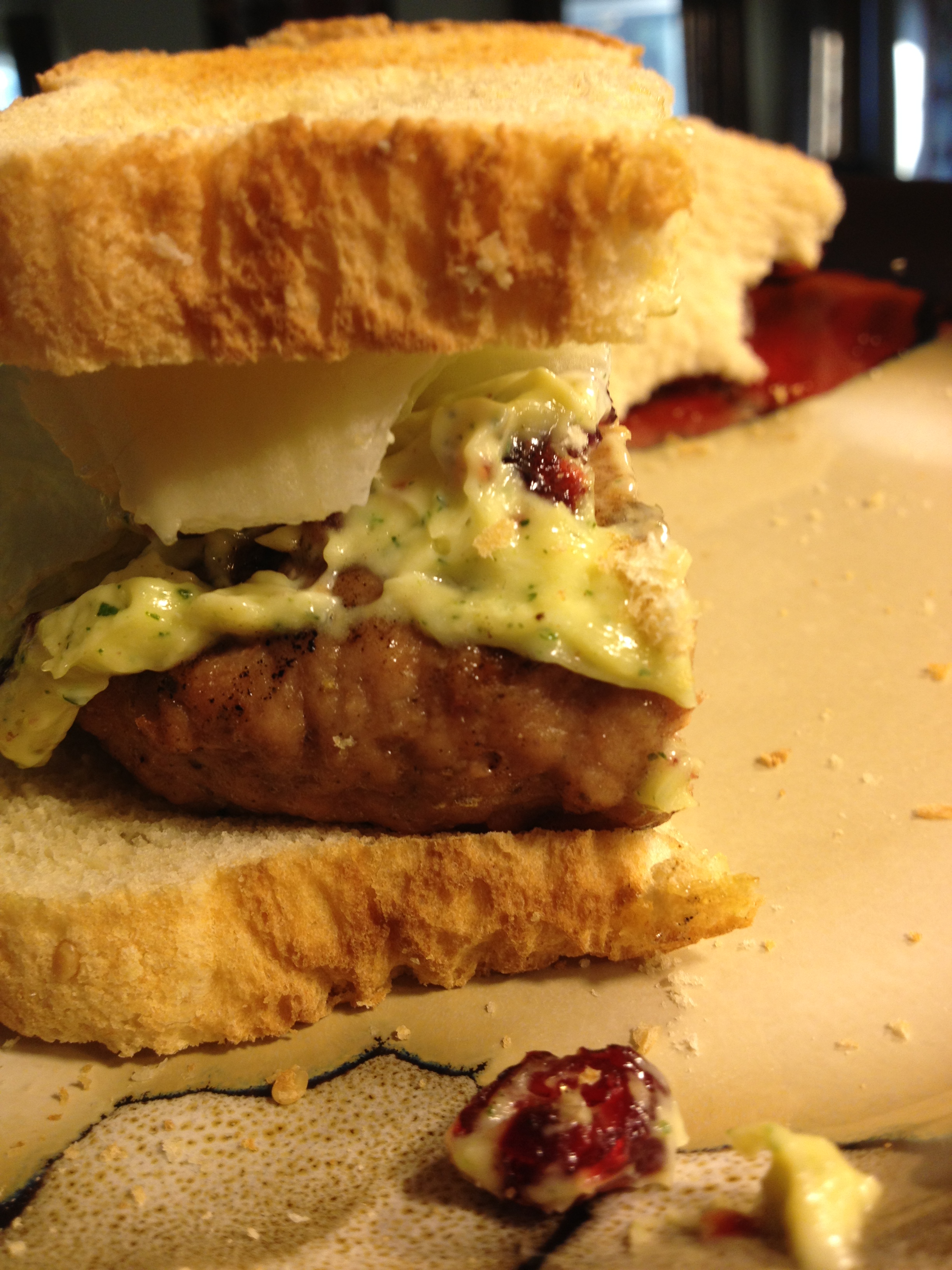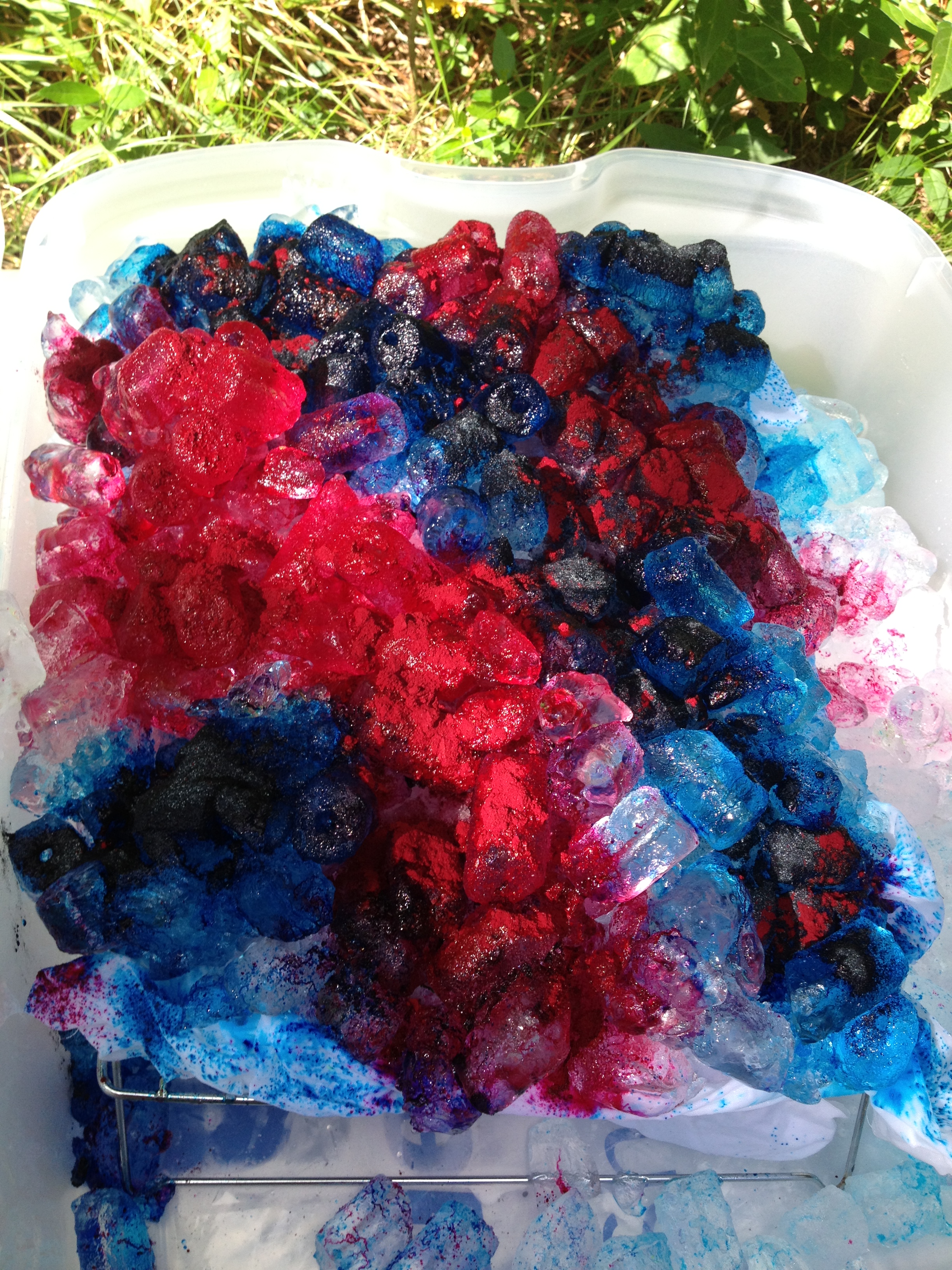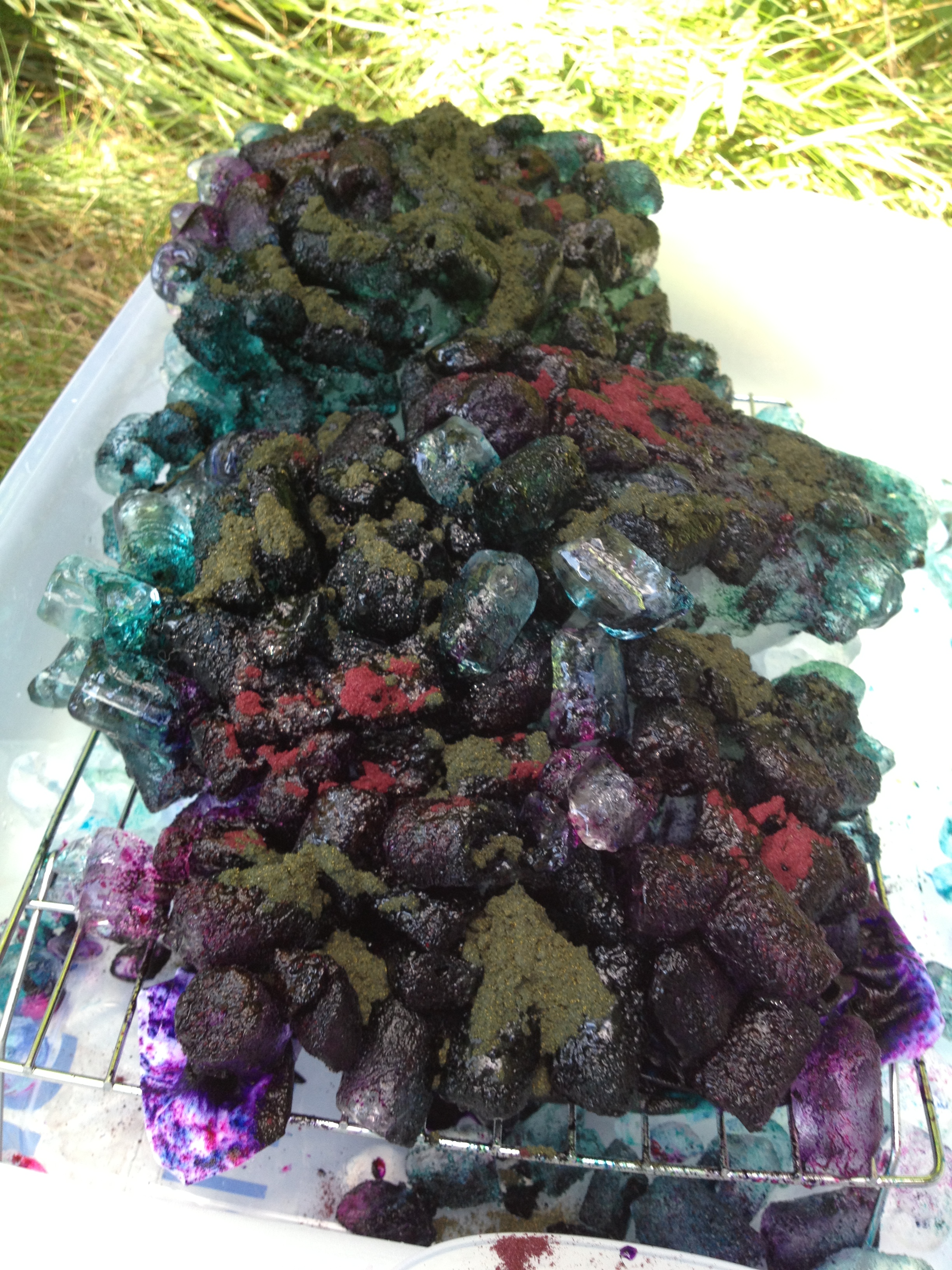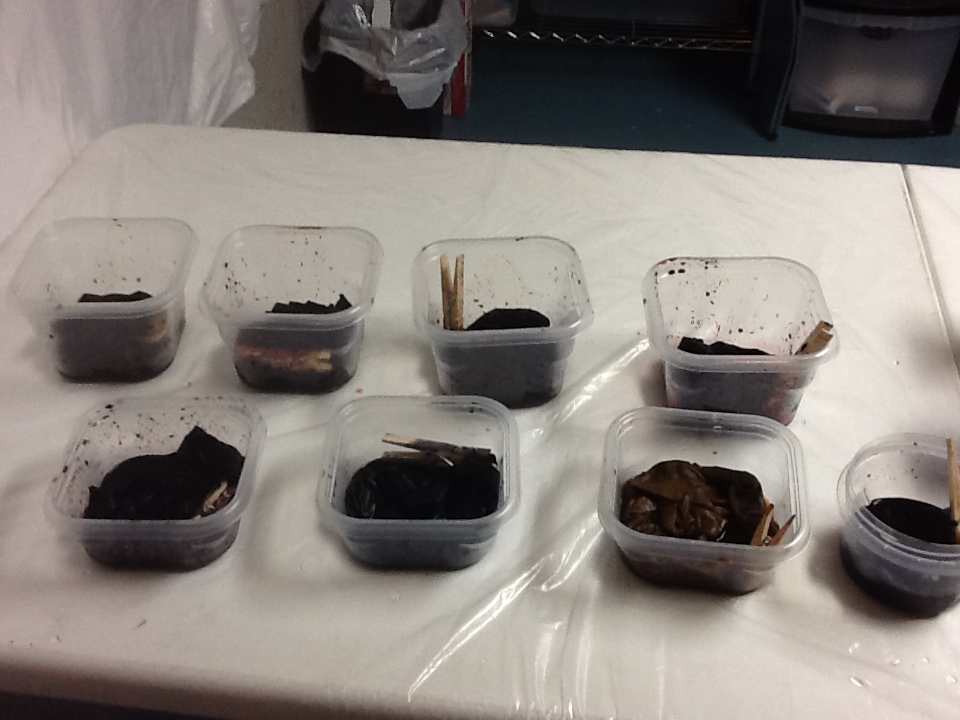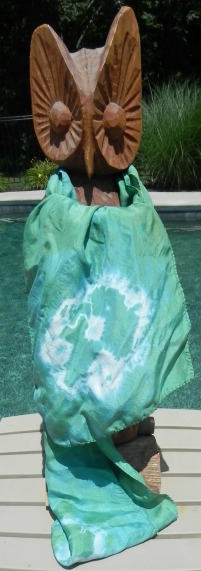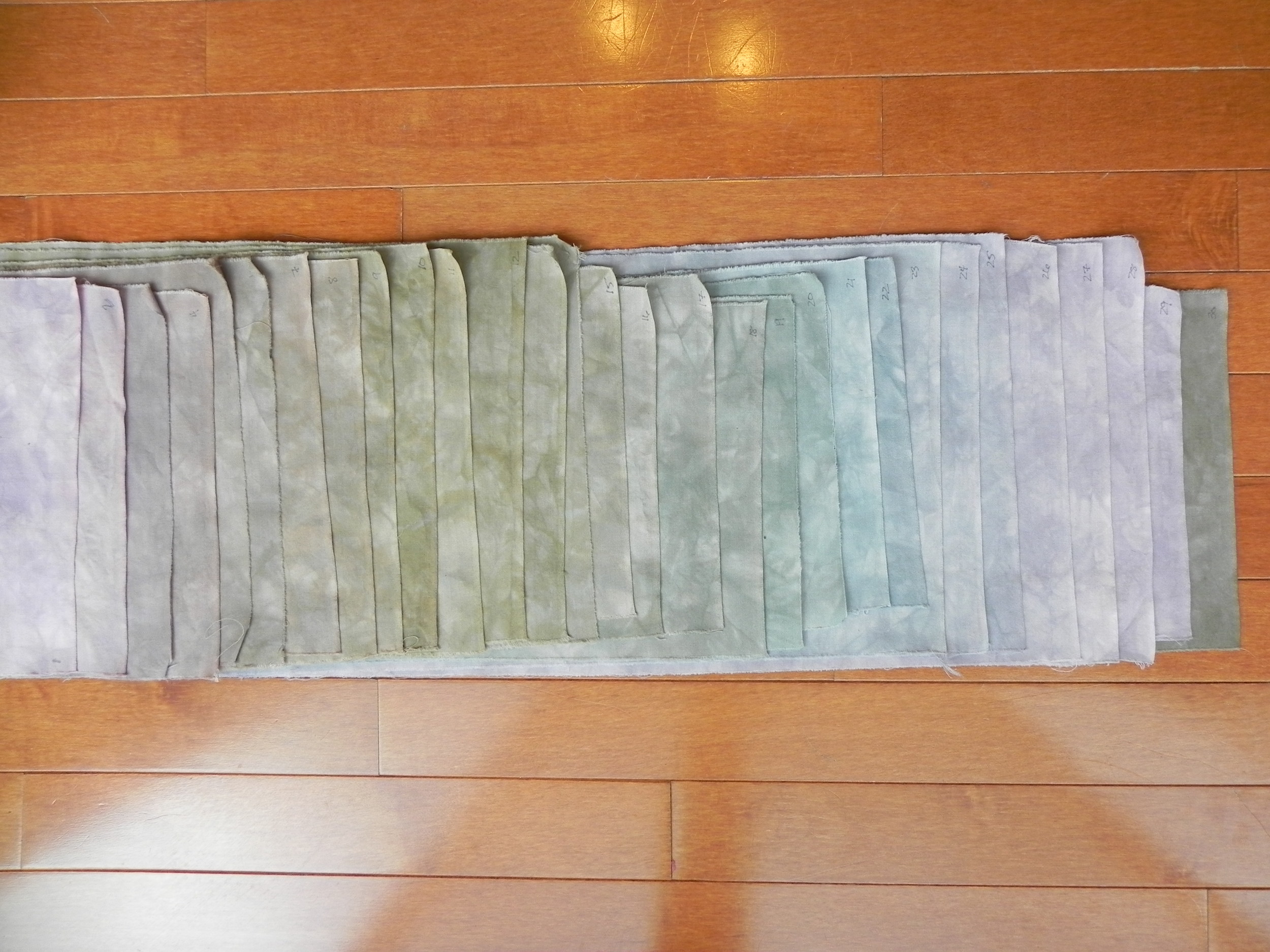If you're looking for the 2014 Quilty Resolutions Check-in Giveaway and Linky Party blog post, click here!
Meanwhile, back at the ranch...Here's what's been going on in my life while y'all have been checking in and linking up!
Despite a flooding stationary tub crisis and dyeing my hand a rather funereal shade of blue (which, actually, was partly related to aforementioned flooding crisis)...
I finally managed to get my most recent set of hand-dyes rinsed, washed, dried, pressed, and photographed!
If you recall my previous blog post, I started out by redoing some of the gradations I'd done in Frieda Anderson's dye class while I was in Lancaster. I wanted to be able to more closely follow the process and take notes on recipes and so forth. Somehow I hadn't managed to bring home the handouts from class, so I was going by the recipes in her book Fabric to Dye For.
The gradation at the top of this photo was the first one done in Frieda's class. The one on the bottom was the one I did at home this weekend. Most look more or less the same, but a couple are slightly different, and others are very different. There are several possible reasons for that--variations in recipes, variations in procedure, variations in water...
In any case, I'm not sweating it. I'm keeping samples of the ones I did here at home as representative for my notes with the recipes I used and all sort of other useful-for-the-future factoids.
And then, just for fun, I'd thrown in...
...some bamboo socks (PFD from Dharma Trading). These were dyed in straight Fuschia, Turquoise, and Lemon Yellow dyes (ProChem names). You can see that, due to aforementioned flooding crisis, I had to fast-track the rinsing process and thereby ended up with some color migration. Minor-league frustrating, but since these socks are for me and I'll only be wearing them under jeans, no one will see that. So shhhh...keep it just between us.
And then...
A pareo (I finally remembered the word!) for myself this summer. A pareo is the cloth you wrap around yourself when you're wearing a bathing suit. I couldn't get the whole thing in one picture, so this is one half of it...
...And then the other half...
I mostly took this second view because you can see more of the tangerine dye in this one (upper right). That was one of the new colors I was experimenting with. It looks very brown in powder form, so I was gratified to see what a beautiful orange it turns into. This was ice-dyed, by the way. It looks a little less mottled because there was a whole lotta fabric and only a little ice, so it doesn't have quite as strong an ice-dyed effect as others.
I may do more of these--they're fun. Anyone want a pareo? Tee hee.
And then--because who can resist?--more baby stuff!
I'm so pleased! These turned out great! And ya gotta love the little caps too! Don't you just want one? Again, it's all bamboo. The one on the left was ice-dyed, purple and teal. Probably my favorite combo to ice-dye because it just gives the most interesting results. Love the shades of gray that appear!
The middle one was rubber-banded and dyed in a teal-ish mixture. Trying to get those rubber bands off in a hurry (did I mention the flooding already?) is what caused the blue fingers. Rubber bands and rubber gloves don't mix, so I finally bagged the gloves. I love the effect of the onesie, when I don't let myself think, "Gee, kinda looks like an old-timey prison uniform or something."
The orange onesie on the side is upside-down because I used Color Magnet and stenciled my grand-niece's name on the front. It turned out great, but I don't want to broadcast her name without permission. The Color Magnet draws more dye to the spot where you use it, so her name is a darker orange than the rest of the onesie.
Fortunately, no dye migration on any of the baby clothes. I'm really pleased with how they all turned out.
Mr. Plumber showed up bright and early this morning, and we're hoping the flooding issue has been solved. However, he also informed me that the pump is well past it's average life span. Bully. Just another appliance to add to our list of "everything needs to be replaced at the same time."
